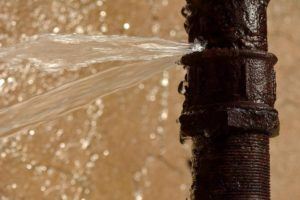
As the temperatures rise and North Texas enters the spring season, homeowners often head outdoors to prepare their yards for warmer weather. The thought of frozen faucets is likely far from their minds. And with highs in the 70s, it would seem the risk for burst pipes is long gone. However, it’s possible that the real damage from arctic temperatures doesn’t occur until months later, once the water spigot turns on for the first time.

When temperatures drop below freezing, water inside pipes solidifies and expands. If the water expands too much, the pipes can crack. Or, an ice blockage backs up the flow of water, increasing the pressure and bursting the pipe. To avoid these hazards, homeowners insulate the valve on the exterior of the house or drip the faucets.
But, if the valves weren’t insulated, or the temperature dropped exceptionally below the usual winter threshold, you may still be at risk for burst pipes. Many of today’s faucets are part of a frost-free system. This system serves as protection during winter weather, but can also cause a leak to be delayed. For many homeowners, that isn’t until the faucet turns on in the spring.
How Do I Know if I Have a Burst Pipe?
Oftentimes, water damage can be obvious. You may walk into your kitchen to find several inches of standing water flooding the room. Or, you might notice a drastic color change in your drywall, signaling moisture. But, it’s possible a destructive leak could occur and days go by before there’s visible evidence of a problem. In addition to visual cues, be sure you’re aware of not-so-obvious signs:
- Low or erratic water pressure
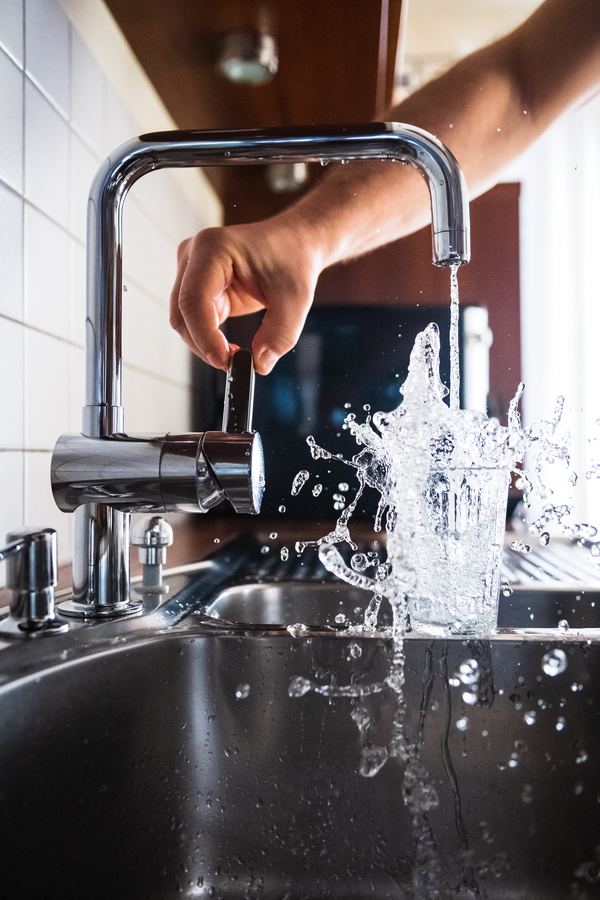
- Bubbling, whistling, clanking or other noises coming from water sources
- Strange odors
- Water discoloration
- Spike in your water bill
If you suspect a leak but don’t know where it might be located, you can run a simple test. Power down all appliances that use water (like a dishwasher or washing machine). Don’t use any faucets, toilets or other water sources. Take a look at your water meter and note the reading. After 30 minutes, check the meter again. If there are any changes between the first and second reading, you have a leak.
To determine if the leak is inside or outside your home, shut off the main water valve. Check the meter. If it doesn’t move, the leak is likely in your home. If the meter continues to move, the source is probably exterior.
What Do I Do Now?
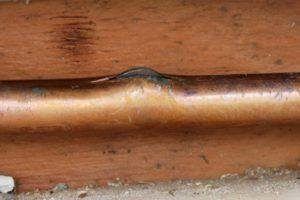
The sooner you act, the better. Professional restoration involves not only removing visible water but also using equipment to detect additional moisture. This must be removed using state-of-the-art drying systems to avoid hidden damage from spreading. Only then can professionals assess the situation and begin necessary remediation. Remember, in the case of water damage, time is money. The sooner restoration begins, the less damage you’ll be facing, lowering the cost of repairs!
Learn More: What is Emergency Restoration?
Will My Insurance Cover This?
Insurance coverage for water damage varies. If your water-related emergency is due to a sudden and unforeseen circumstance, it probably will be covered. If, however, the damage is a result of poor maintenance or neglect, you may be out of luck. With burst pipe bursts, it could depend on if your faucets were protected, or if North Texas experienced abnormal weather.
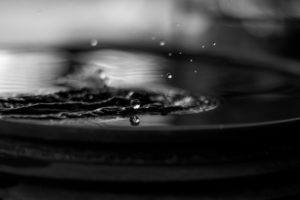
Once damage occurs, the clock starts ticking before more extensive destruction begins; typically within 24 to 48 hours. This secondary damage may not be covered by insurance if restoration could have begun before that time. Because of this, you’ll want to call a water restoration service as soon as possible.
Document damage to your home before the restoration team arrives and prior to calling your insurance agent. It may seem counterintuitive, but don’t touch anything. The claims adjuster will need to get a full picture of the situation. If you do have to move things to prevent further damage, document everything before you do.
Your restoration contractor can also help handle the claim, relying on extensive experience working with insurance companies. They can provide you with guidance regarding which repairs will likely be covered by your policy. They can also keep the claims process on track, avoiding delays to your reimbursement.
Learn More: Things to Know: Water Damage and Insurance
Do I Have to Hire a Professional?

If you’ve discovered a water leak in your home, contact a specialist. Don’t try to address the damage yourself or rely on a general contractor. General contractors start from scratch in new construction and home renovation projects. Restoration requires a different skill set that doesn’t always involve replacing everything and starting over, saving you time and money.
A restoration contractor must be able to visualize what the room looked like before the damage occurred and determine the steps needed to rebuild. They know where to look for hidden damage and common problems, knowing what must be replaced and what can be salvaged. If moisture is left unresolved, it can lead to even more costly repairs down the road. And, it can create unnecessary health hazards for you and your family.
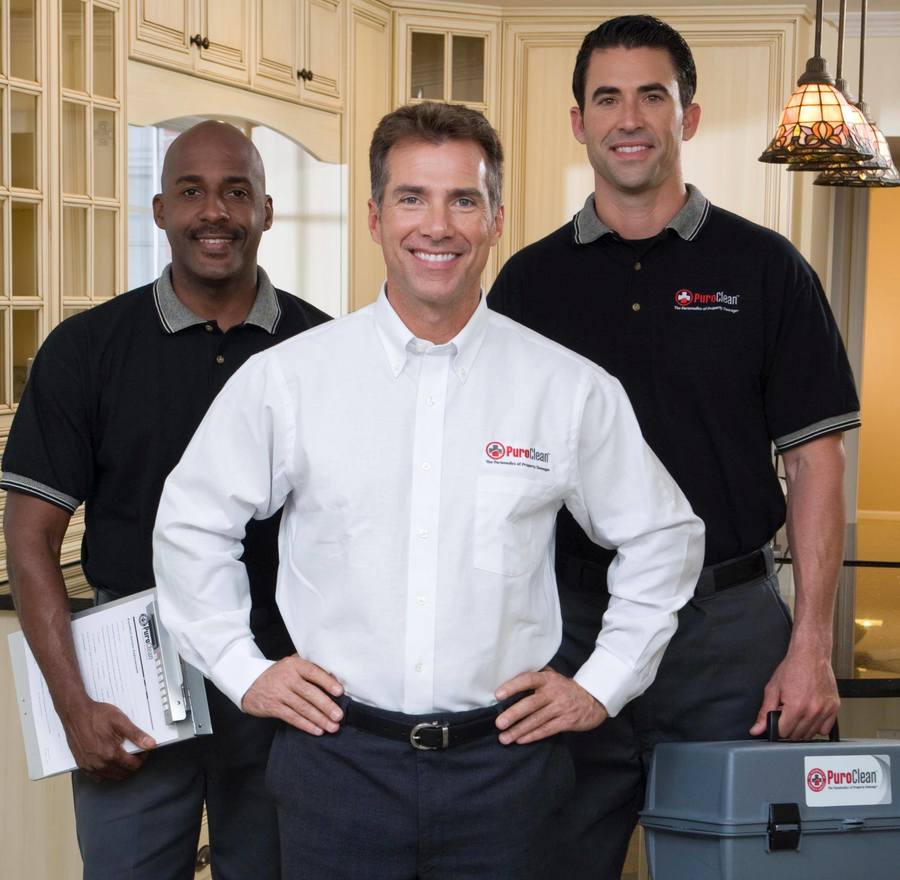
Learn More: Upgrading Your Home During Emergency Restoration
Restoration contractors also have all of the professional tools necessary, like moisture meters and gauges, water extraction units, pumps, fans, blowers, and dehumidifiers. Their commercial-grade equipment is more efficient for home restoration than standard tools a homeowner could purchase.
A burst pipe from frozen weather, especially during springtime, can be a frustrating surprise. But it doesn’t have to mean extensive damage to your home. Quick action and professional expertise can prevent bigger problems from developing and restore your house to normal.
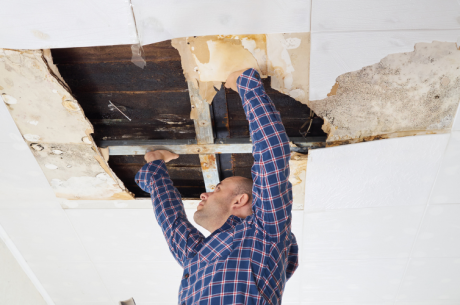


 PuroClean Restoration Specialists
PuroClean Restoration Specialists